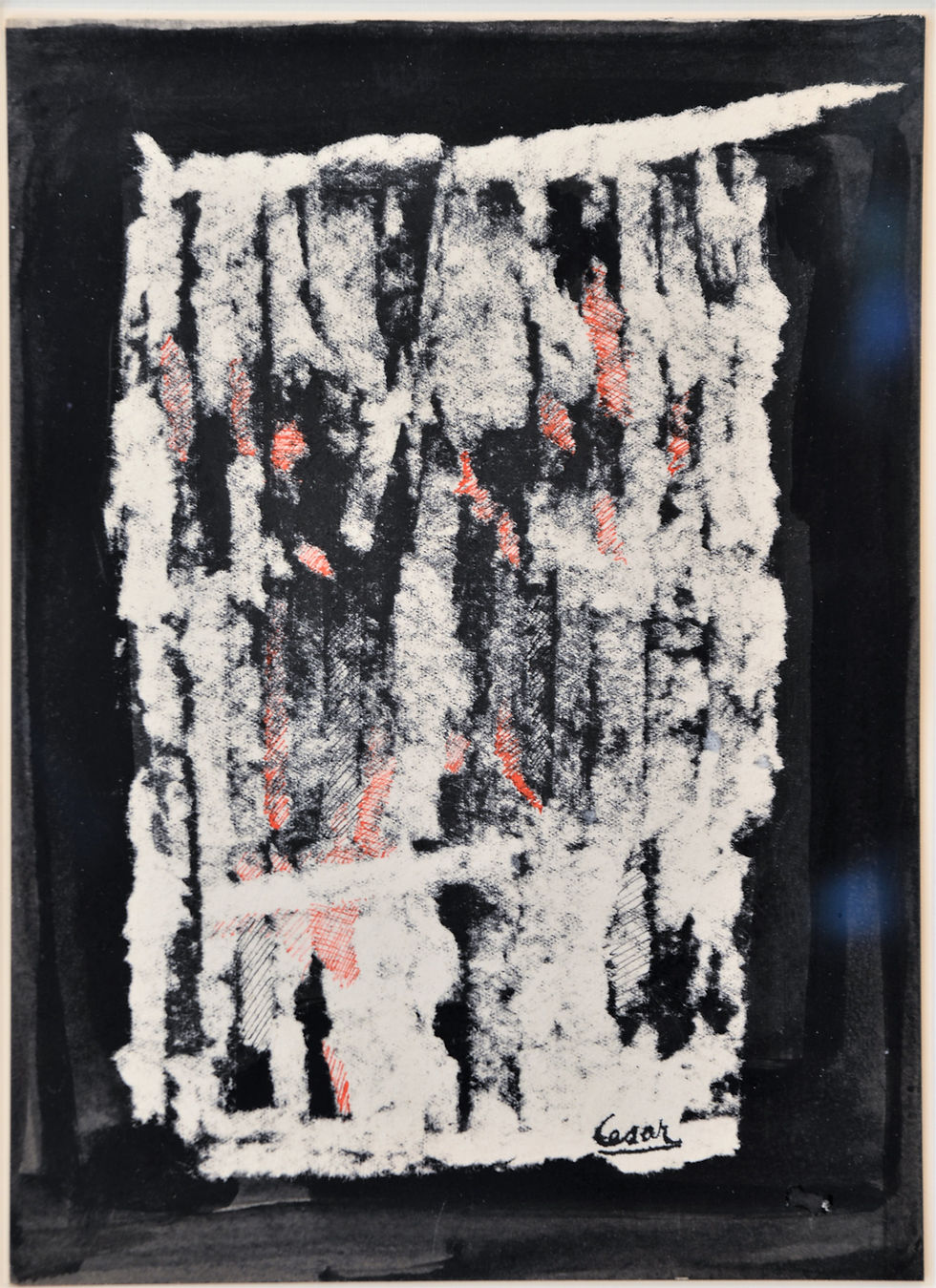“Modernism 1950–1970: The Rise of a New Abstraction”
- Cedric Le Borgne

- Sep 1, 2023
- 2 min read
Updated: Dec 26, 2025
From the end of the Second World War onwards, the newly found freedom became fertile ground for artistic creation. Abstract painting and surrealism initially struggled to find their place, yet the 1950s in France soon became the decade of lyrical abstraction, embodied by artists such as Hans Hartung, Pierre Soulages, and Georges Mathieu. Their canvases, charged with gesture and intensity, defined a new language of painting that sought to transcend figuration and embody pure emotion.

In the tense climate of the Cold War, this formal freedom stood in opposition to the figurative realism promoted by the Communist bloc, just as it had previously been rejected by fascist regimes. Lyrical abstraction extended well beyond the 1950s, but from the 1960s onwards it faced the challenge of New Realism. This movement denounced abstract painting as bourgeois art and advocated for a practice closer to the proletarian classes, embracing “vulgar” materials and rejecting classical painting and sculpture techniques. The radical works of Arman, with his accumulations, or César, with his compressions, illustrate this break with tradition.

The 1970s marked a return to figuration, driven by the desire to restore a critical and political function to representation. Artists of narrative figuration drew upon images from everyday life, social struggles, and political protest. Figures such as Peter Klasen and Gérard Fromanger believed that the subversive potential of their art lay less in explicit representation than in its aesthetic dimension, paving the way for a more graphic and striking approach.
Thus, between lyrical abstraction, New Realism, and narrative figuration, French painting from the 1950s to the 1970s reveals a dynamic interplay of freedom, critique, and reinvention—an essential chapter in the history of modern and contemporary art.










Comments